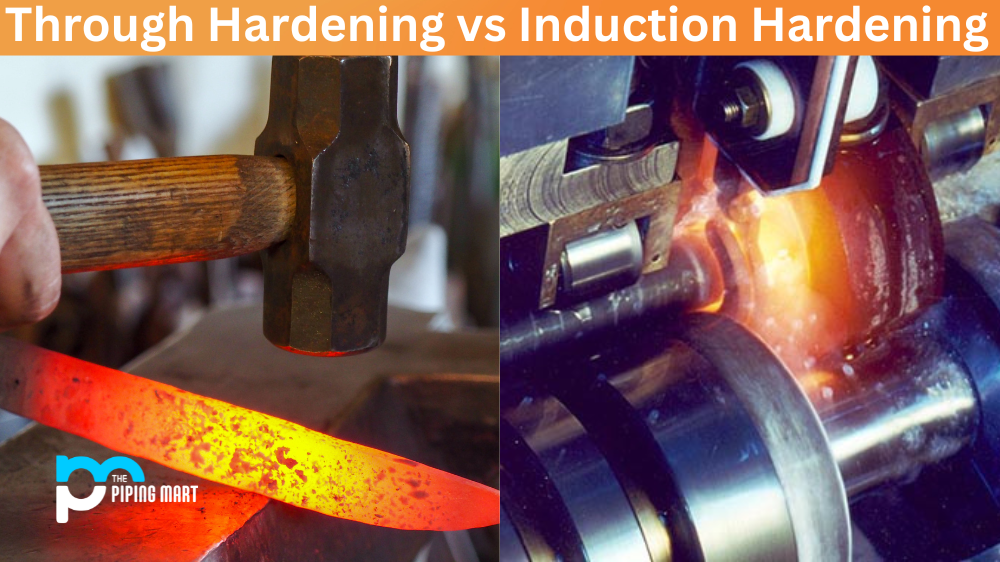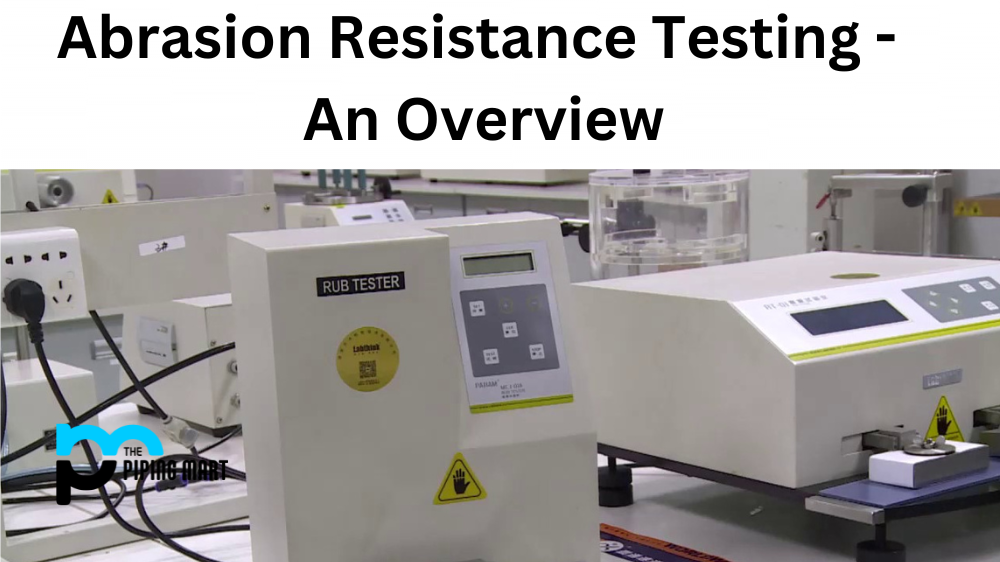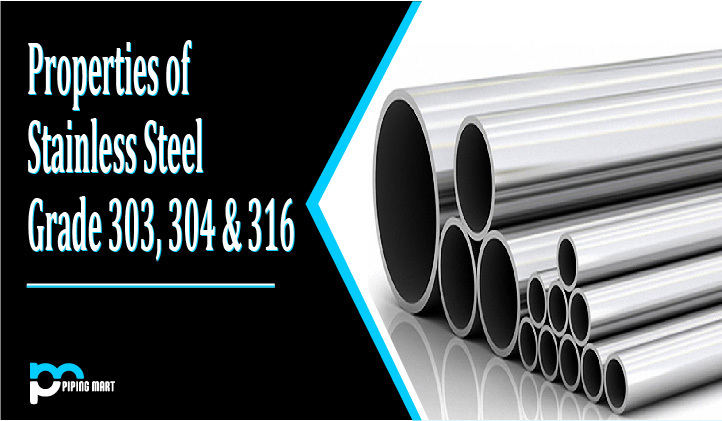Hardening is the process of heat-treating steel to increase its strength and make it more durable. The two main types of hardening are through hardening and induction hardening, both of which are used for different purposes. Hardening involves heating the steel to a high temperature before quenching it in water or oil, while induction hardening uses an electromagnetic field to induce a current inside the metal that increases its hardness. Let’s take a closer look at each type of hardening and how they differ from one another.
Through Hardening
Through hardening works by heating the steel to a high temperature (around 900°C) before quenching it in either oil or water. This process causes the steel’s internal structure to change, making it harder and more resistant to wear and tear. The benefit of through hardening is that it can be used on large parts without any special equipment, as long as you have an oven capable of reaching high temperatures. It also produces uniform results across all parts treated in this way.
The main downside of through hardening is that it can lead to distortion if not done correctly—the part may warp during cooling due to uneven heat distribution. In addition, it is difficult to control the level of hardness achieved with this method, so you may end up with parts that are too soft or too brittle for your needs.
Induction Hardening
Induction hardening uses an electromagnetic field to induce currents inside the steel, which creates heat and changes the internal structure of the metal. This method offers much more control over the level of hardness achieved than hardening does—you can choose exactly how much current you want to introduce into the metal, allowing you to achieve exact levels of hardness depending on what your needs are. Additionally, induction hardening is much faster than through hardening since it only takes seconds compared to minutes or hours for hardened parts.
The downside is that induction hardening requires specialized equipment such as induction coils and power supplies, which can be costly to purchase or rent if you don’t already own them. In addition, induction-hardened parts are usually limited in size due to practical considerations—it can be difficult or impossible to fit large parts into induction coils!
Difference Between Through Hardening and Induction Hardening
What is hardening?
Hardening is the process of making a metal harder. There are two main ways to harden metal: through hardening and induction hardening.
What is through hardening?
Hardening is the process of heating the metal to a high temperature and then cooling it rapidly. This process alters the internal structure of the metal, making it harder. Hardening is typically used on small parts that can be heated evenly, such as gears or small tools.
What is induction hardening?
Induction hardening is a process of heating the metal with an electromagnetic field. This process only heats the surface of the metal, which makes it harder. Induction hardening is typically used on large parts that would be difficult to heat evenly with other methods, such as car engine blocks.
What are the benefits of through hardening?
The benefits of through hardening include improved wear resistance and increased strength. Additionally, hardening can be used to create a variety of different surface finishes, such as a polished finish or a matte finish.
What are the benefits of induction hardening?
The benefits of induction hardening include improved wear resistance and increased strength. Additionally, induction hardening can be used to create a variety of different surface finishes, such as a polished finish or a matte finish.
Conclusion:
When choosing between through and induction hardening for your project, consider both their benefits and drawbacks carefully before making a decision. Through hardened parts offer convenience but may not meet your exact requirements due to lack of control over their level of hardness, whereas induction hardened parts require specialized equipment but offer precise control over their hardness level with minimal distortion risks. In any case, proper heat treatment is essential for achieving strong steel components that will last for years!
Meet Heer, a dynamic and driven writer learning tricks of her trade in the metal industry. With a background in Digital Marketing, Heer brings a unique perspective to her writing, sharing valuable insights. Apart from blogging she like reading and hiking.




